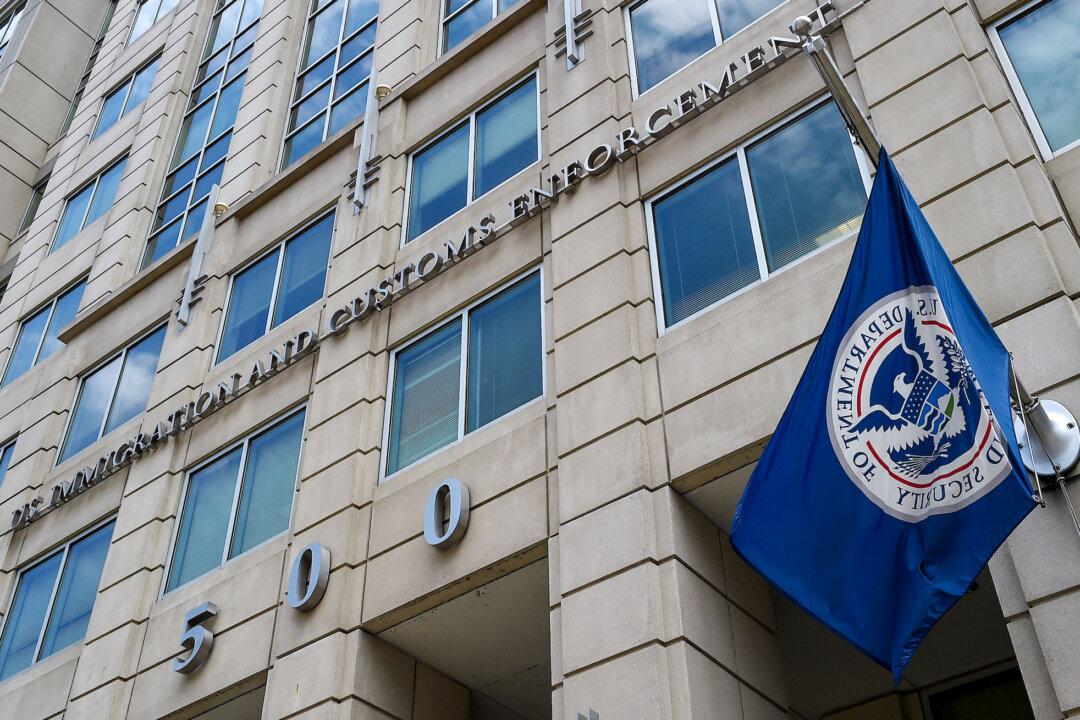The International Monetary Fund (IMF) has slashed its growth forecast for the United States by one full percentage point, blaming supply chain disruptions and weaker consumption, while warning of growing economic risks to the world economy.
The sharp downgrade was blamed on large inventory drawdowns in the second quarter, partly driven by supply chain chaos, as well as softening consumption in the third quarter.
U.S. growth could shrink further, the IMF said, because its forecasts assume that a deeply divided Congress will approve President Joe Biden’s proposed infrastructure and social spending package worth around $4 trillion over a decade.
The IMF also trimmed its 2021 global growth forecast by 0.1 of a percentage point to 5.9 percent from the 6.0 percent forecast it made in July while leaving the 2022 growth projection unchanged at 4.9 percent. Beyond 2022, global growth is expected to moderate to around 3.3 percent.
“This modest headline revision, however, masks large downgrades for some countries,” the IMF said in the report. “The outlook for the low-income developing country group has darkened considerably due to worsening pandemic dynamics. The downgrade also reflects more difficult near-term prospects for the advanced economy group, in part due to supply disruptions.”
Demand-supply mismatches, fueled in part by excess savings built up in wealthy countries, have driven up prices, causing spikes in inflation.
The IMF said it expects inflation to return to pre-pandemic levels next year, but warned that persistent supply disruptions and the dynamics of the outbreak mean there is “great uncertainty” around the prospects for inflation.
Price pressures are expected to be more persistent in emerging markets and developing countries, though in all cases the IMF warned that if central banks are too slow to pull back on stimulus they risk a de-anchoring of inflation expectations, potentially leading to a negative feedback loop that could undermine policy objectives.
In cases where inflation is rising while employment rates continue to lag and the risk of inflation expectations de-anchoring are becoming concrete, the IMF recommended tightening “to get ahead of price pressures, even if that delays the employment recovery.”
“The alternative of waiting for stronger employment outcomes runs the risk that inflation increases in a self-fulfilling way, undermining the credibility of the policy framework and creating more uncertainty,” the IMF said.
“A spiral of doubt could hold back private investment and lead to precisely the slower employment recovery central banks seek to avoid when holding off on policy tightening,” it added.
The IMF recommended that monetary policy remain accommodative where inflation pressures are contained and inflation expectations are still below the central bank target, and there is slack in the labor market.
A number of economists have recently amplified their calls for the Fed to ease off on stimulus, including Nouriel Roubini, known for correctly predicting the 2008 financial meltdown at a time of peak market exuberance.





